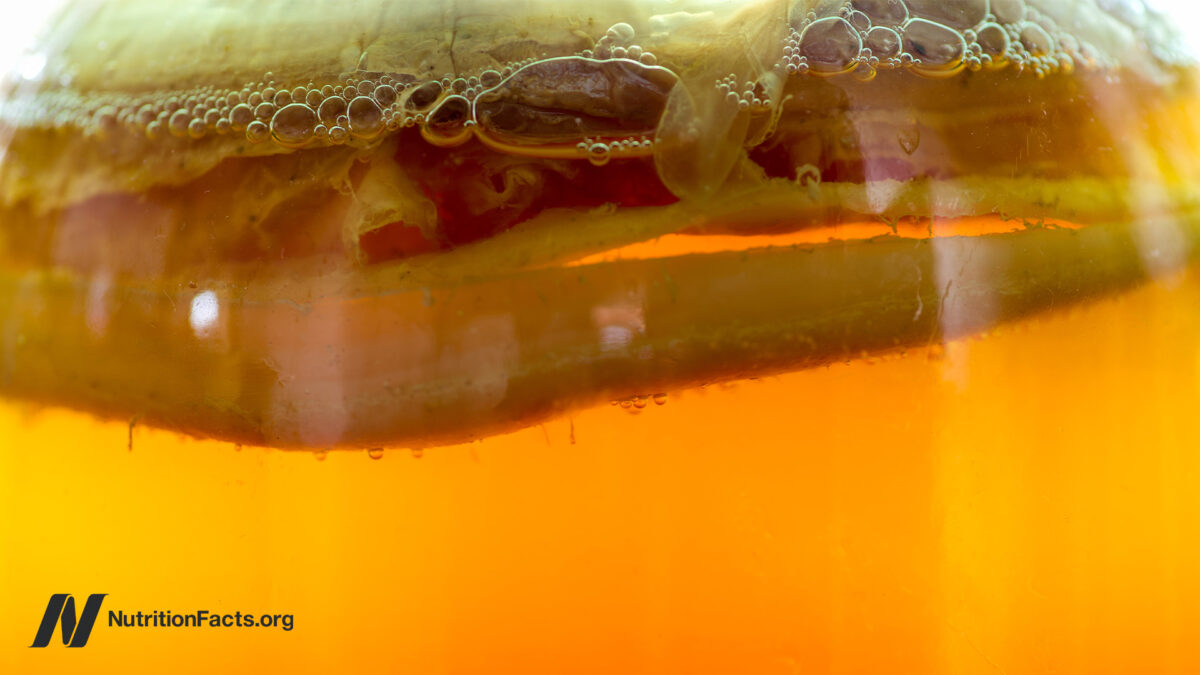Don’t Panic, But Leprosy Might Be Endemic in Florida Now
Leprosy is probably best known as the disease that made people “unclean” in Biblical times, so it may seem surprising that the CDC published a report this week suggesting that the disease may be spreading under the radar in...

Leprosy is probably best known as the disease that made people “unclean” in Biblical times, so it may seem surprising that the CDC published a report this week suggesting that the disease may be spreading under the radar in Florida. But don’t flee in terror, because we’re going to discuss what the report means—and dispel a bunch of leprosy-related myths along the way.
What is leprosy, exactly?
Leprosy, better known in the modern era as Hansen’s disease, is a bacterial infection: The germ that causes it is Mycobacterium leprae. Being bacterial, it can be treated with antibiotics—so this is neither a death sentence nor a reason to exclude a person from society.
The bacteria are slowgrowing, and it may take decades before an infected person starts showing signs of the disease. The bacteria attack the eyes, nose, skin, and nerves. The resulting nerve damage means that people with Hansen’s disease can lose sensation, especially in fingers and toes. This is where the myth comes from that leprosy causes fingers or other appendages to “fall off.” What actually happens is that small injuries can add up, and the body may absorb the injured tissues. Over time, this can lead to the disappearance or shortening of fingers (the CDC has photos here).
How contagious is leprosy?
Not very, it turns out. About 95% of people are naturally immune to the disease. Even for the unlucky 5%, it can take years, sometimes decades, of close contact with an infected person before someone contracts the illness. The CDC says that transmission is thought to occur via respiratory droplets (such as from an untreated, infected person’s coughs and sneezes) over the course of “many months.”
Besides humans, we also know that armadillos can have leprosy. So it’s probably possible to catch Hansen’s disease from an armadillo, but again, this is unlikely. “Most people who come into contact with armadillos are unlikely to get Hansen’s disease,” the CDC reassures us.
So why do we think of the disease as something contagious and scary? Likely because of Biblical descriptions of skin conditions that make a person “unclean.” But the word that became translated as “leprosy” couldn’t have referred to Hansen’s disease; the symptoms don’t match up, as dermatologist David Kaplan writes in a paper comparing Biblical descriptions with known symptoms of leprosy. (The scriptures also describe leprosy as a thing that can be seen on clothing or on the walls of houses; there the word was probably describing something like mold or mildew.)
The Nepal Leprosy Trust points out that Biblical and historical references, and the way we talk about them, contribute to modern-day stigma against people with Hansen’s disease. This was also the case in medieval Europe, and even the modern U.S.—Hawaiians with the disease were exiled to a leper colony on Molokai as late as the 1960s, long after a cure had been found.
Learn about the actual history of people with leprosy
The Colony: The Harrowing True Story of the Exiles of Molokai, by John TaymanLeprosy in Medieval England, by Carole RawcliffeCarville’s Cure: Leprosy, Stigma, and the Fight for Justice, by Pam Fessler (about another U.S. institution for people with Hansen’s disease, this one in Louisiana)What’s going on with leprosy in Florida?
The CDC’s report is to let healthcare professionals know that people in Florida are contracting Hansen’s disease without it being clear exactly how they got it. The report focuses on one case, a 54-year-old landscaper. The person didn’t have any known close contact with people who had been diagnosed with the disease, nor with people who had traveled from areas where the disease is more common. He hadn’t traveled to any of those areas himself, and he hadn’t spent time with armadillos. So...he must have gotten it somewhere else.
That’s the part that concerns public health officials: If you don’t know where somebody picked up a disease, that disease has probably been circulating under the radar for a while. It is, to use the technical term, endemic. Or in other words: We may just have leprosy in Florida now. The CDC suggests that in addition to asking patients whether they have recently been to India, Brazil, Indonesia, and other leprosy-endemic areas, doctors may need to start asking people whether they have been to central Florida.
What happens if someone gets leprosy?
Fortunately, Hansen’s disease is treatable. It’s not as simple as popping pills from a z-pack, like you would for a more routine infection, but there is an antibiotic treatment. Typically this involves a combination of two or three antibiotics that you would take for a year or more. You stop being contagious after the first few doses of the antibiotic.
Antibiotic treatment can prevent the disease from progressing, but it doesn’t reverse damage that has already occurred. That’s why it’s worth getting checked out if you have symptoms of Hansen’s disease, like patches of skin that look different from your usual skin tone (lighter, darker, or thickened) that may feel numb. The CDC has a more detailed list of signs and symptoms here.
That said, this disease is still very rare (even in Florida) and hard to catch. Most years, there are fewer than 200 cases of Hansen’s disease in the entire U.S. In Florida, doctors are required to report cases of the disease so they can be counted and so that people they are in contact with can be notified and potentially treated.

 Lynk
Lynk 































